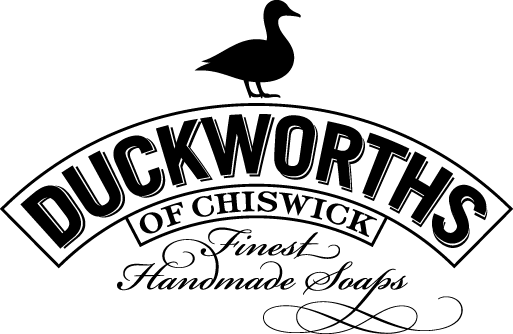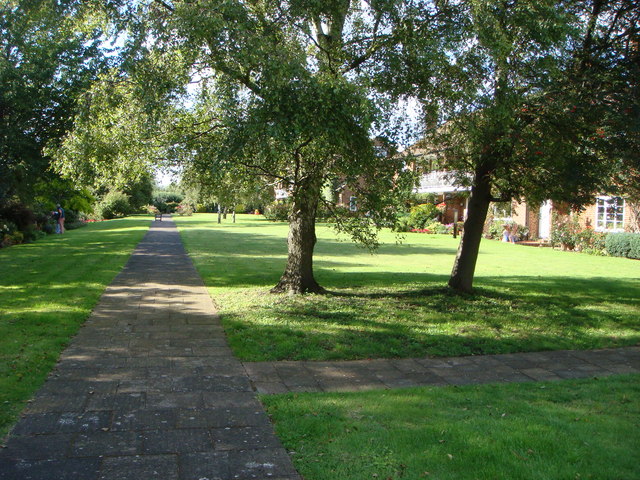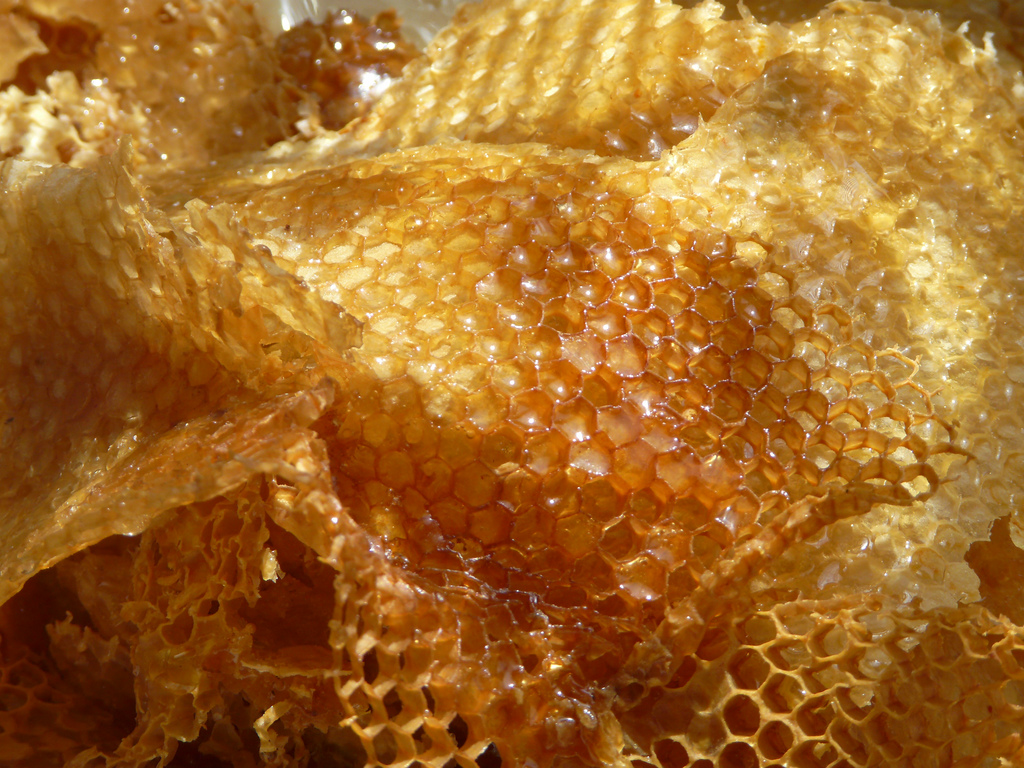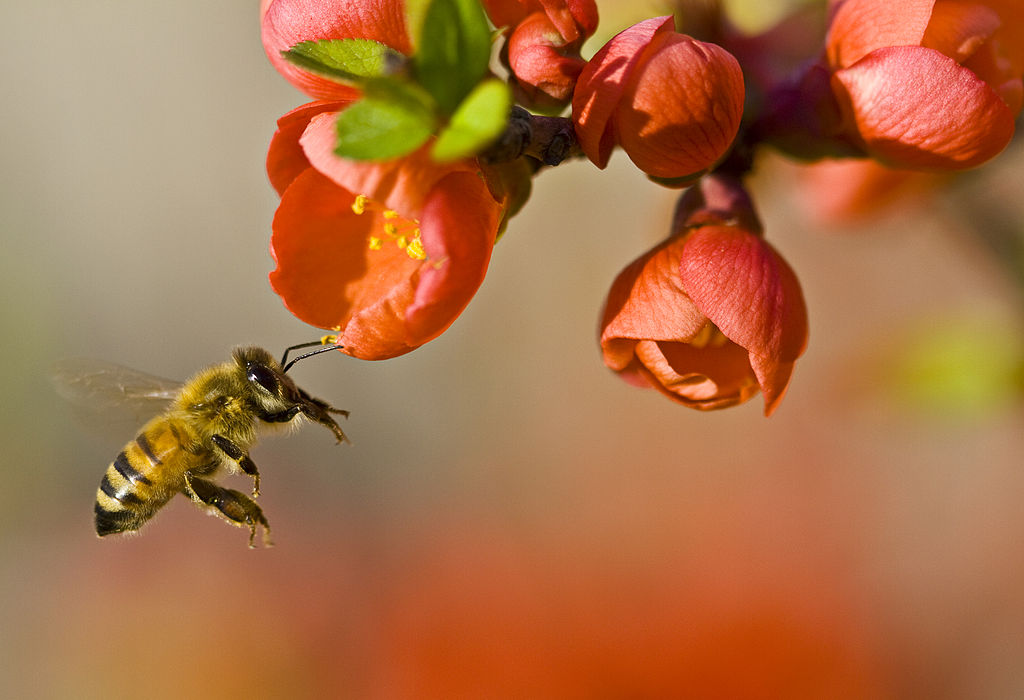The Acacias are out, in full bloom and great profusion. All that lovely nectar for the bees. The Bumbles will use it during the summer and the Honey bees will store it as Honey.
The Sycamores have been and gone. They are considered, by most people to be a weed, but in fact provide large quantities of nectar and vital pollen, bee protein, early in the year, to feed the bee larvae in their early development, and boost the bee numbers ready for the honey collection. And now that the young Queens are being reared, plentiful supplies of pollen are essential. A Queen starts life as just an ordinary worker egg, but is fed Royal Jelly, which is largely made from pollen, and this rich diet, throughout her larval stage, develops her ovaries and eggs. So a young Queen needs a rich diet of pollen if she is going to be up to the job of being the only egg layer in the colony, laying up to 2,000 eggs a day at the height of the summer.
The Plane trees, which along with the Sycamores are members of the Maple family, flower very early in the year. The jury is out as to whether or not bees use Plane trees for food. Perhaps if the weather is mild in February when they flower, say above 10 degrees C, when the bees will fly, they may forage on them.
In the last 12 months I have witnessed 5 large street trees destroyed in the few streets near my home in Grove Park: a mature Sycamore at Chiswick Station, a Lime on Grove Park Terrace near the level crossing, and another on Grove Park Road opposite John Thaw’s old house. A Lime and a Willow have been removed on Strand-on-the-Green, and as with the beautiful Willow poisoned and removed outside No 68 Strand-on-the-Green 2 years ago, NONE of these trees have been replaced, despite the Council’s promises.
We have not seen the wholesale carnage committed in Sheffield a few months back when an estimated 15,000 street trees were culled. The bees will disappear from Sheffield. But if our large trees are removed at the present rate in Chiswick, our bees will disappear. As a bee keeper, I am certain that if we save Chiswick’s wonderful trees, the Sycamores, Limes, Acacias, Chestnuts, Maples, Aulders and Willows, the bee keepers can do the rest, and we CAN save our Chiswick bees. We don’t realise what a rich heritage we have.
For that reason, I would like to nominate ‘the Street Trees of Chiswick, W4’ to be included in the ‘Queen’s Commonwealth Canopy’. Our street trees need protecting every bit as much as trees in other parts of the world, from misguided actions. If we do nothing, they will be steadily replaced by the non-bee-friendly Ornaments the Council plant in their place, to be free of maintenance, and Chiswick can say goodbye to its bees.
Will you support me to raise a petition to join the Queen’s Commonwealth Canopy?
Email me on annetteduckworth01@gmail.com



